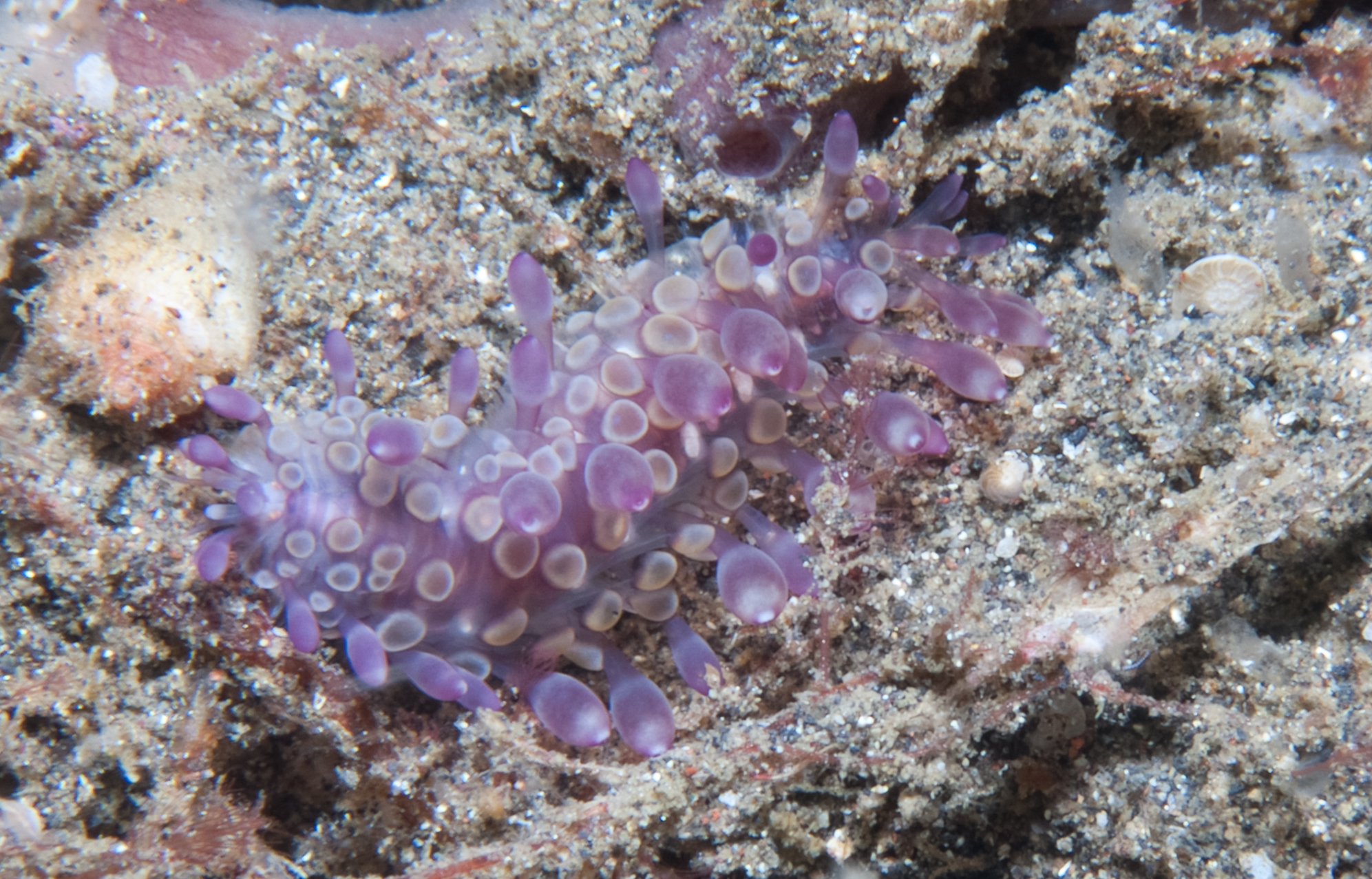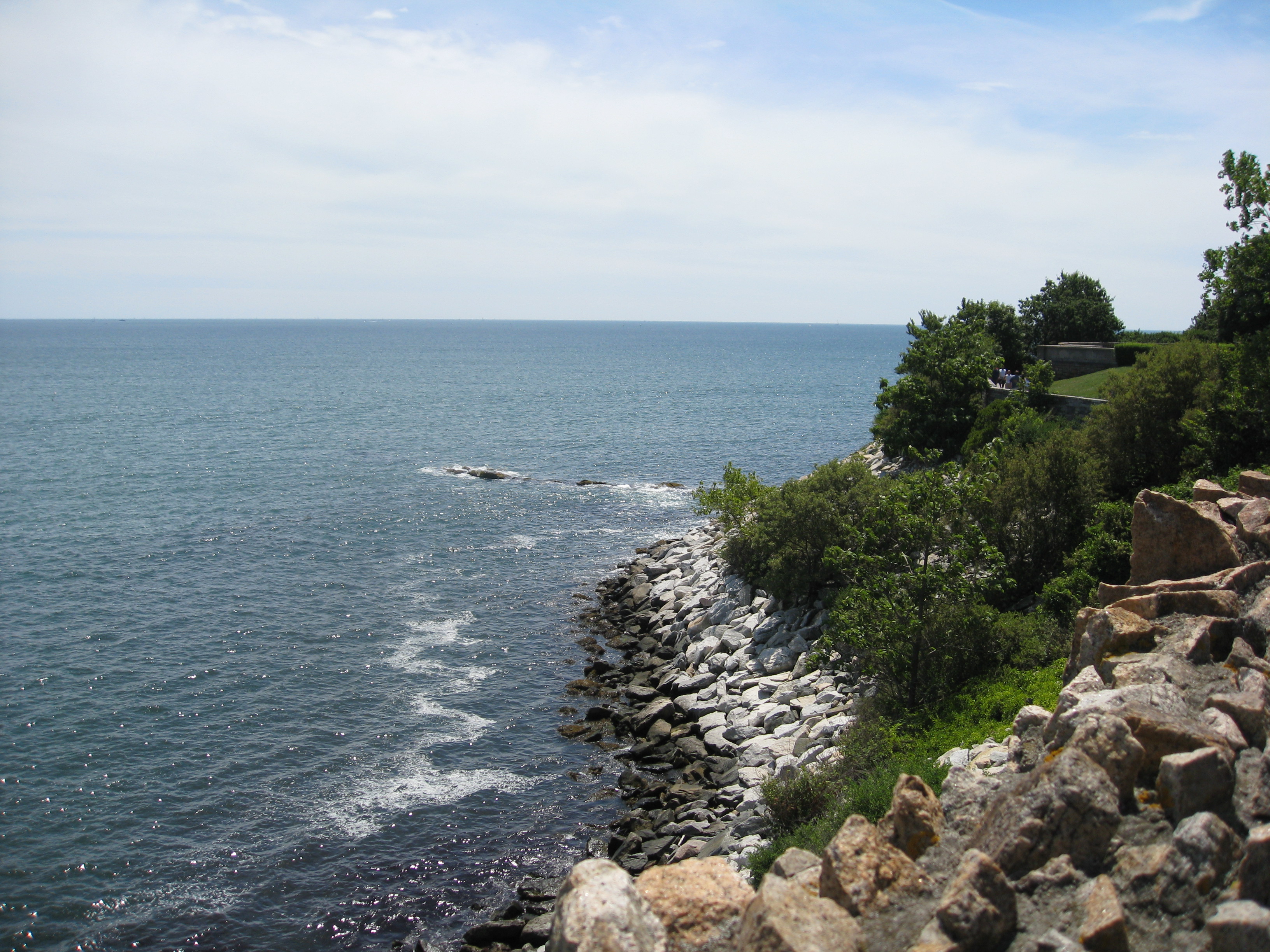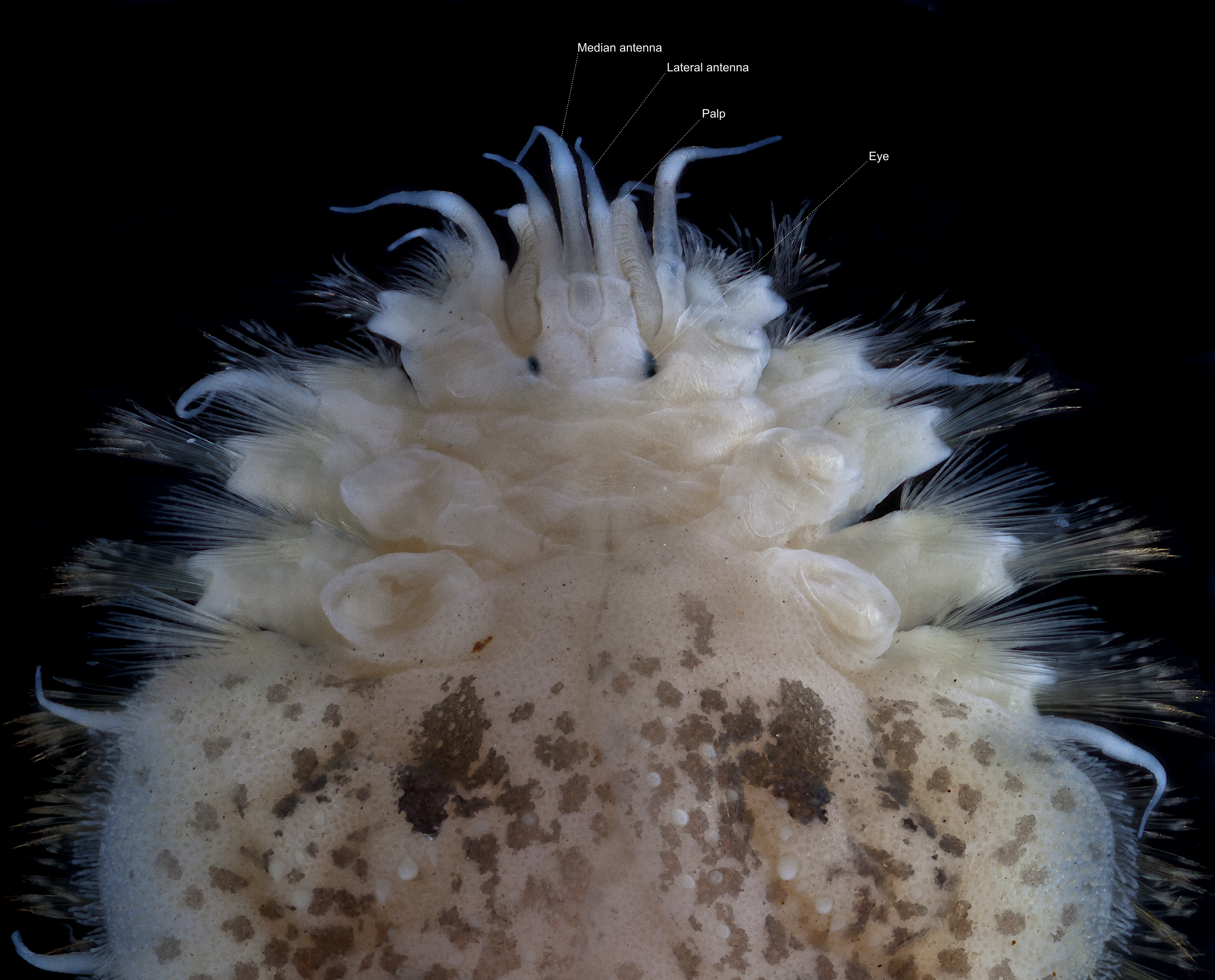|
Hermadionella
''Hermadionella'' is a genus of marine polychaete worms belonging to the family Polynoidae, the scaleworms. ''Hermadionella'' contains 3 species which are known from the north-west Pacific and Arctic Oceans from the intertidal to depths of about 200 m.Bock G, Fiege D, Barnich R (2010) Revision of Hermadion Kinberg, 1856, with a redescription of Hermadion magalhaensi Kinberg, 1856, Adyte hyalina (G.O. Sars, 1873) n. comb. and Neopolynoe acanellae (Verrill, 1881) n. comb. (Polychaeta: Polynoidae). Zootaxa 2554: 45–61. https://doi.org/10.11646/zootaxa.2554.1.4. Description ''Hermadionella'' are long-bodied scale worms with 50–60 or more segments and 15 pairs of elytra; the posterior-most 15–20 or more segments are thus not covered by elytra. The prostomium is bilobed and rounded anteriorly, lacking acute cephalic peaks. The lateral antennae are inserted ventrally, beneath median antenna and the antennal styles are covered with slender papillae. The neuropodial lobe is elongate ... [...More Info...] [...Related Items...] OR: [Wikipedia] [Google] [Baidu] |
Hermadionella Chayvoensis
''Hermadionella chayvoensis'' is a scale worm known from the Sea of Okhotsk in the north-west Pacific Ocean from depths of about 50 m.Alalykina, I.L. (2011). Hermadionella chayvoensis sp.n., a new polynoid species (Polychaeta) from the Shelf of Northeastern Sakhalin Island (the Sea of Okhotsk). Zoologicheskii Zhurnal. 90, 624-627., available online at https://www.researchgate.net/publication/260677211_Hermadionella_chayvoensis_sp_n_a_new_polynoid_species_Annelida_from_the_shelf_of_north_east_Sakhalin_Island_Sea_of_Okhotsk Description ''Hermadionella chayvoensis'' is a short-bodied scale worm with 50–54 segments and 15 pairs of elytra. Lateral antennae are positioned ventrally on the prostomium (directly beneath median antenna ceratophore and almost obscured in dorsal view. The notochaetae A chaeta or cheta (from Greek χαίτη “crest, mane, flowing hair"; plural: chaetae) is a chitinous bristle or seta found in annelid worms, (although the term is also frequently used to ... [...More Info...] [...Related Items...] OR: [Wikipedia] [Google] [Baidu] |
Hermadionella Nipponicus
''Hermadionella nipponicus'' is a scale worm known from Japan in the north-west Pacific Ocean from the intertidal zone.Imajima, Minoru & Hartman, Olga. (1964). The polychaetous annelids of Japan. Occasional Papers of the Allan Hancock Foundation. 26(1-2): 1-452 ssued in 2 parts, available online at http://digitallibrary.usc.edu/cdm/ref/collection/p15799coll82/id/18946 Description ''Hermadionella nipponicus'' has up to about 64 segments with 15 pairs of elytra, which bear a fringe of papillae. The lateral antennae are positioned ventrally on the prostomium, directly beneath the median antenna (almost completely obscured in dorsal view). The prostomium also bears a pair of acute anterior projections on the anterior margin. Notochaetae A chaeta or cheta (from Greek χαίτη “crest, mane, flowing hair"; plural: chaetae) is a chitinous bristle or seta found in annelid worms, (although the term is also frequently used to describe similar structures in other invertebrates such ... [...More Info...] [...Related Items...] OR: [Wikipedia] [Google] [Baidu] |
Hermadionella Truncata
''Hermadionella truncata'' is a scale worm known from the north-west Pacific and Arctic Oceans at depths down to about 200 m.Bock G, Fiege D, Barnich R (2010) Revision of Hermadion Kinberg, 1856, with a redescription of Hermadion magalhaensi Kinberg, 1856, Adyte hyalina (G.O. Sars, 1873) n. comb. and Neopolynoe acanellae (Verrill, 1881) n. comb. (Polychaeta: Polynoidae). Zootaxa 2554: 45–61. https://doi.org/10.11646/zootaxa.2554.1.4. Description ''Hermadionella truncata'' has up to about 60 segments with 15 pairs of elytra. The lateral antennae are positioned ventrally on the prostomium, directly beneath the median antenna. Notochaetae A chaeta or cheta (from Greek χαίτη “crest, mane, flowing hair"; plural: chaetae) is a chitinous bristle or seta found in annelid worms, (although the term is also frequently used to describe similar structures in other invertebrates such ... are distinctly thicker than the neurochaetae, and the neurochaetae bear bidentate tips. Re ... [...More Info...] [...Related Items...] OR: [Wikipedia] [Google] [Baidu] |
Polynoidae
Polynoidae is a family of marine Polychaete worms known as "scale worms" due to the scale-like elytra on the dorsal surface. Almost 900 species are currently recognised belonging to 9 subfamilies and 167 genera. They are active hunters, but generally dwell in protected environments such as under stones. The group is widely distributed from shallow intertidal waters to hadal trenches. They are the most diverse group of polychaetes in terms of genus number and second most diverse in terms of species number which is almost 8% of all segmented worm species. Description Most Polynoidae species are short and flattened, but can reach as much as 20 cm in length and 10 cm width in '' Eulagisca gigantea'' and '' Eulagisca uschakovi''. Individuals are usually covered almost entirely by elytra, which can be shed and regenerated in many species. The elytra of some species are faintly bioluminescent, and leave glowing traces around the mouthparts of their predators, making those pre ... [...More Info...] [...Related Items...] OR: [Wikipedia] [Google] [Baidu] |
Polychaete
Polychaeta () is a paraphyletic class of generally marine annelid worms, commonly called bristle worms or polychaetes (). Each body segment has a pair of fleshy protrusions called parapodia that bear many bristles, called chaetae, which are made of chitin. More than 10,000 species are described in this class. Common representatives include the lugworm (''Arenicola marina'') and the sandworm or clam worm ''Alitta''. Polychaetes as a class are robust and widespread, with species that live in the coldest ocean temperatures of the abyssal plain, to forms which tolerate the extremely high temperatures near hydrothermal vents. Polychaetes occur throughout the Earth's oceans at all depths, from forms that live as plankton near the surface, to a 2- to 3-cm specimen (still unclassified) observed by the robot ocean probe ''Nereus'' at the bottom of the Challenger Deep, the deepest known spot in the Earth's oceans. Only 168 species (less than 2% of all polychaetes) are known from ... [...More Info...] [...Related Items...] OR: [Wikipedia] [Google] [Baidu] |
Pacific
The Pacific Ocean is the largest and deepest of Earth's five oceanic divisions. It extends from the Arctic Ocean in the north to the Southern Ocean (or, depending on definition, to Antarctica) in the south, and is bounded by the continents of Asia and Oceania in the west and the Americas in the east. At in area (as defined with a southern Antarctic border), this largest division of the World Ocean—and, in turn, the hydrosphere—covers about 46% of Earth's water surface and about 32% of its total surface area, larger than Earth's entire land area combined .Pacific Ocean . '' Britannica Concise.'' 2008: Encyclopædia Britannica, Inc. The centers of both the [...More Info...] [...Related Items...] OR: [Wikipedia] [Google] [Baidu] |
Arctic Ocean
The Arctic Ocean is the smallest and shallowest of the world's five major oceans. It spans an area of approximately and is known as the coldest of all the oceans. The International Hydrographic Organization (IHO) recognizes it as an ocean, although some oceanographers call it the Arctic Mediterranean Sea. It has been described approximately as an estuary of the Atlantic Ocean. It is also seen as the northernmost part of the all-encompassing World Ocean. The Arctic Ocean includes the North Pole region in the middle of the Northern Hemisphere and extends south to about 60°N. The Arctic Ocean is surrounded by Eurasia and North America, and the borders follow topographic features: the Bering Strait on the Pacific side and the Greenland Scotland Ridge on the Atlantic side. It is mostly covered by sea ice throughout the year and almost completely in winter. The Arctic Ocean's surface temperature and salinity vary seasonally as the ice cover melts and freezes; its salinit ... [...More Info...] [...Related Items...] OR: [Wikipedia] [Google] [Baidu] |
Intertidal
The intertidal zone, also known as the foreshore, is the area above water level at low tide and underwater at high tide (in other words, the area within the tidal range). This area can include several types of habitats with various species of life, such as seastars, sea urchins, and many species of coral with regional differences in biodiversity. Sometimes it is referred to as the ''littoral zone'' or '' seashore'', although those can be defined as a wider region. The well-known area also includes steep rocky cliffs, sandy beaches, bogs or wetlands (e.g., vast mudflats). The area can be a narrow strip, as in Pacific islands that have only a narrow tidal range, or can include many meters of shoreline where shallow beach slopes interact with high tidal excursion. The peritidal zone is similar but somewhat wider, extending from above the highest tide level to below the lowest. Organisms in the intertidal zone are adapted to an environment of harsh extremes, living in wate ... [...More Info...] [...Related Items...] OR: [Wikipedia] [Google] [Baidu] |
Elytron (Annelida)
In annelids, elytra (; from Greek ἔλυτρον "sheath, cover"; singular: elytron ) are shield-like scales that are attached dorsally, one pair on each of a number of alternating segments and entirely or partly cover the dorsum. Elytra are modified dorsal cirri, and their number, size, location, and ornamentation are important taxonomic characters. The basal part of the elytra is known as the elytrophore; if (as is often the case) elytra are lost their presence is indicated by the elytrophore which is still present and visible. Annelids possessing elytra are also known as "scale worms". Possession of elytra is characteristic of the annelid suborder Aphroditiformia. Gallery File:Eunoe leiotentaculata lower res.jpg, A ''Eunoe leiotentaculata'' specimen showing its 15 pairs of elytra. File:Euphione sp. dorsal.jpg, ''Euphione ''Euphione'' is a genus of polychaetes belonging to the family Polynoidae. The species of this genus are found in Australia, Malesia Malesia is a ... [...More Info...] [...Related Items...] OR: [Wikipedia] [Google] [Baidu] |
Prostomium
The prostomium (From Ancient Greek, meaning "before the mouth"; plural: prostomia; sometimes also called the "acron") is the cephalized first body segment in an annelid worm's body at the anterior end. It is in front of (but does not include) the mouth, being usually a small shelf- or lip-like extension over the dorsal side of the mouth. The prostomium together with the peristomium, which includes the mouth and pharynx, make up the annelid head. Description The prostomium is part of the head and holds at least part of the brain and often bears sensory structures such as the eyes, antennae and palps. It may function like a kind of overlip when the animal is feeding. The prostomium bears many important taxonomic characters and its shape and composition are important for annelid systematics. In addition to the eyes, antennae and palps, the prostomium can possess appendages such as tentacles or cirri. Moreover, some polychaete Polychaeta () is a paraphyletic class of gener ... [...More Info...] [...Related Items...] OR: [Wikipedia] [Google] [Baidu] |
Parapodium
In invertebrates, the term parapodium ( Gr. ''para'', beyond or beside + ''podia'', feet; plural: parapodia) refers to lateral outgrowths or protrusions from the body. Parapodia are predominantly found in annelids, where they are paired, unjointed lateral outgrowths that bear the chaetae. In several groups of sea snails and sea slugs, 'parapodium' refers to lateral fleshy protrusions. __TOC__ Annelid parapodia Most species of polychaete annelids have paired, fleshy parapodia which are segmentally arranged along the body axis. Parapodia vary greatly in size and form, reflecting a variety of functions, such as gas exchange, anchorage, protection and locomotion. General description Parapodia in polychaetes can be uniramous (consisting of one lobe or ramus) but are usually biramous (two lobes or rami). In the latter case, the dorsal lobes are called notopodia and the ventral lobes neuropodia. Both neuropodia and notopodia may possess a bundle of chaetae (neurochaetae and notoch ... [...More Info...] [...Related Items...] OR: [Wikipedia] [Google] [Baidu] |
Chaeta
A chaeta or cheta (from Greek χαίτη “crest, mane, flowing hair"; plural: chaetae) is a chitinous bristle or seta found in annelid worms, (although the term is also frequently used to describe similar structures in other invertebrates such as arthropods). Polychaete annelids, ('polychaeta' literally meaning "many bristles") are named for their chaetae. In Polychaeta, chaetae are found as bundles on the parapodia, paired appendages on the side of the body. The chaetae are epidermal extracellular structures, and clearly visible in most polychaetes. They are probably the best studied structures in these animals. Use in taxonomy and identification The ultrastructure of chaetae is fundamentally similar for all taxa but there is vast diversity in chaetal morphology. Moreover, chaetae bear precise characters for determination of species and taxonomic assessment. The shape, absolute and relative size, number, position, ornamentation and type are important taxonomic characters ... [...More Info...] [...Related Items...] OR: [Wikipedia] [Google] [Baidu] |

.jpg)





